Now, look at 4P and 4C analysis. This is a framework that blends the perspectives of companies and customers.
First, 4P consists of the initial P of Product, Price, Place, and Promotion. So what does this mean? Product is “what kind of product do you sell?”
Price indicates what the price is. Since Place is a distribution, it means “where do you sell it? ” Where is it, whether it’s a convenience store or an EC site? What is a promotion like? For example, it might be useful to sort out “Is it a TV commercial? Or was it a listing advertisement?” From a corporate perspective, it seems convenient to think from these four perspectives.
Take a look at 4C! This is consists of the initial C of customer value, customer cost, convenience, communication. It defines what value is for the customer, the cost for the customer, convenience, communication means how to interact with the customer, or how they are perceived.
This is actually supported by each other. It says the same thing, but if you recapture from the corporate side and the customer side, you can see that there is a completely different demand. For example, considering the price, the higher the true intention of a company, the better. The higher the price, the higher the profit. However, considering the customer cost from the customer’s perspective, the cheaper it is, the happier the customer would get. Yes, when the product costs $1, it is better to buy that compared to the one that costs $3!.
That’s how we just think about one or the other. But in reality, a business is made possible by finding an intermediate point where both companies and customers are satisfied. You tend to think from one perspective, but you will put yourself in other people’s shoes and reconsider it. By doing so, you can re-recognize the issue and dig deeper.
Promotion and communication. This is also a wonderful contrast. We tend to think that advertising is to reach a wide variety of people, but in the end, we can come back to the fact that one of us has to tremble.
But when I heard this for the first time, I was honest. It’s obvious, isn’t it? “How should I use it ?” “I don’t have an image of using this.” What are you saying about various difficult things, but are you not saying anything big? I thought it was selfish.
But actually, this is a framework that can be used very much, but since it seems obvious for a moment, everyone has the characteristic that it will not be used from there. So let’s see how to use it. For example, water in a plastic bottle. Suppose you were the person responsible for marketing this water. First, let’s consider a typical example that often occurs at that time.
For example, let’s say the product is clean and delicious mineral water. I think the price is like one dollar when I think about it in a supermarket. It’s still water, so let’s say you hit a TV commercial. Then you can see that this product is not so sharp because it is buried in many products.
I don’t really understand why I have to buy this water after comparing it with another one. In this case, I would like to advocate thinking of “extreme 4P” and “extreme 4C “. “Why can’t we raise the price more?” You can ask yourself to brainstorm. Specifically, you decided to set it to 1 dollar.
But stop thinking of 1 dollar and force yourself to think of a situation where you buy it for 5,000 yen. For example, assuming that the unit price is 5,000 yen and the other factors are the same as before, is this marketing likely to work?
Amazingly, the bottle of delicious water costs 5,000 yen and you can buy it in supermarkets. And the promotion will be a TV commercial. Can you sell this like that? You may not be able to imagine selling. What was the difference?
For example, let’s try changing the Place. Similarly, at a supermarket, if a $ 1 plastic bottle is sold next to a 5000 yen item, it’s a bit difficult to buy. But what about this situation? There is the scorching Sahara Desert. Whether you live or die, there are travelers walking around. That person is breathlessly looking for an oasis.
At that time, a man camel came up and said, “Oh! Are you okay? I’ll give you some water.” “Thank you. How much ?” “Hmm … well, it costs travel expenses. However, 5000 yen would be fine.” “Oh ! Pleased !”
Do you think of this situation? That’s right. If you change places, the psychological price will change significantly. Why is this happening ? Until now, you compared it with other PET bottles lined up in supermarkets.
But this time, I compared it with something completely different. When I asked what it was, I compared 5,000 yen with my own life. If you compare your own life with 5000 yen, the perception of the price you already have will change greatly. Until now, I used to compare the same plastic bottles. This time, I compared my life with a plastic bottle.
This is sometimes called “the law of mandarin oranges and California orange”. Differentiation is harder when you compare with something similar. Mandarin oranges are similar to California oranges. But when compared to something completely different, the orange stands out. Think about selling oranges, for example. When selling oranges, I said, “This orange is rich in Vitamin C and it’s very delicious. It’s more delicious than other oranges.” And apart from that, “Improve your health. I need this orange for that!”This approach is very different. The reason is that the approach of bringing oranges to the safety, security, and health of the family and the approach of comparing one’s orange with another orange are totally different in value.
Author information:
Nozomu Kubota

Born in New York, the USA, he is the CEO and Founder of Creator’s NEXT, Inc. He graduated from Keio University in Japan with a degree in policy studies, and at the age of 15, he did his first programming development and built user-generated media. He has been invited to speak on digital marketing in Spain, Hong Kong, Singapore, and Luxembourg, and has won many hackathons. He won the Good Design Award, won KVeCS 2018 Grand Finale, and was invited to New York, won IE-KMD MEDIATECH VENTURE DAY TOKYO, and was invited to Spain. In 2019 and 2020, he will be selected from 37,000 people to be the best web analyst in Japan (Best of Best) for two consecutive years. He completed the Global Consumer Intelligence Endowed Chair in Global Consumer Intelligence/Matsuo Laboratory (GCI Winter 2019) at the University of Tokyo’s Graduate School of Engineering, Department of Technology Management and Strategy. He completed the MIT Sloan & MIT CSAIL Artificial Intelligence: Implications for Business Strategy Program at the Massachusetts Institute of Technology.
He has a strong background in implementing scalability in global marketing and has written textbooks on marketing and A/B testing and has spoken and trained in front of over 3,000 marketers. His web analytics tool KOBIT is used by more than 8500 companies in 15 countries.
 Login as
Login as
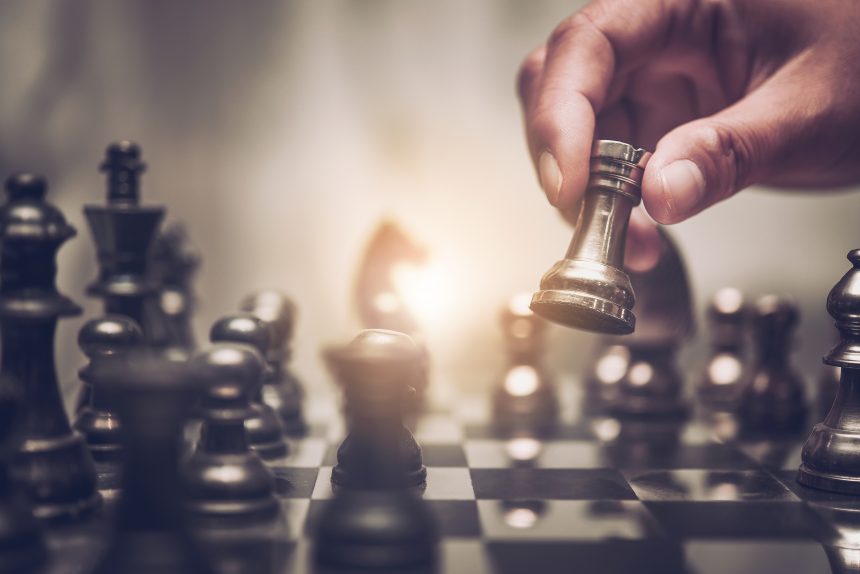



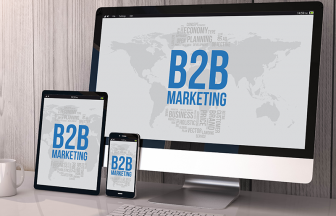
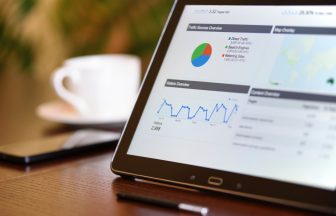
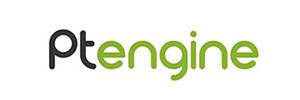
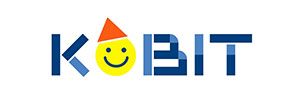
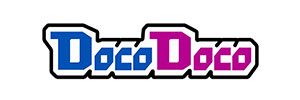
























;>/img/banner/partner $url=>$index; .png)
No comments yet.